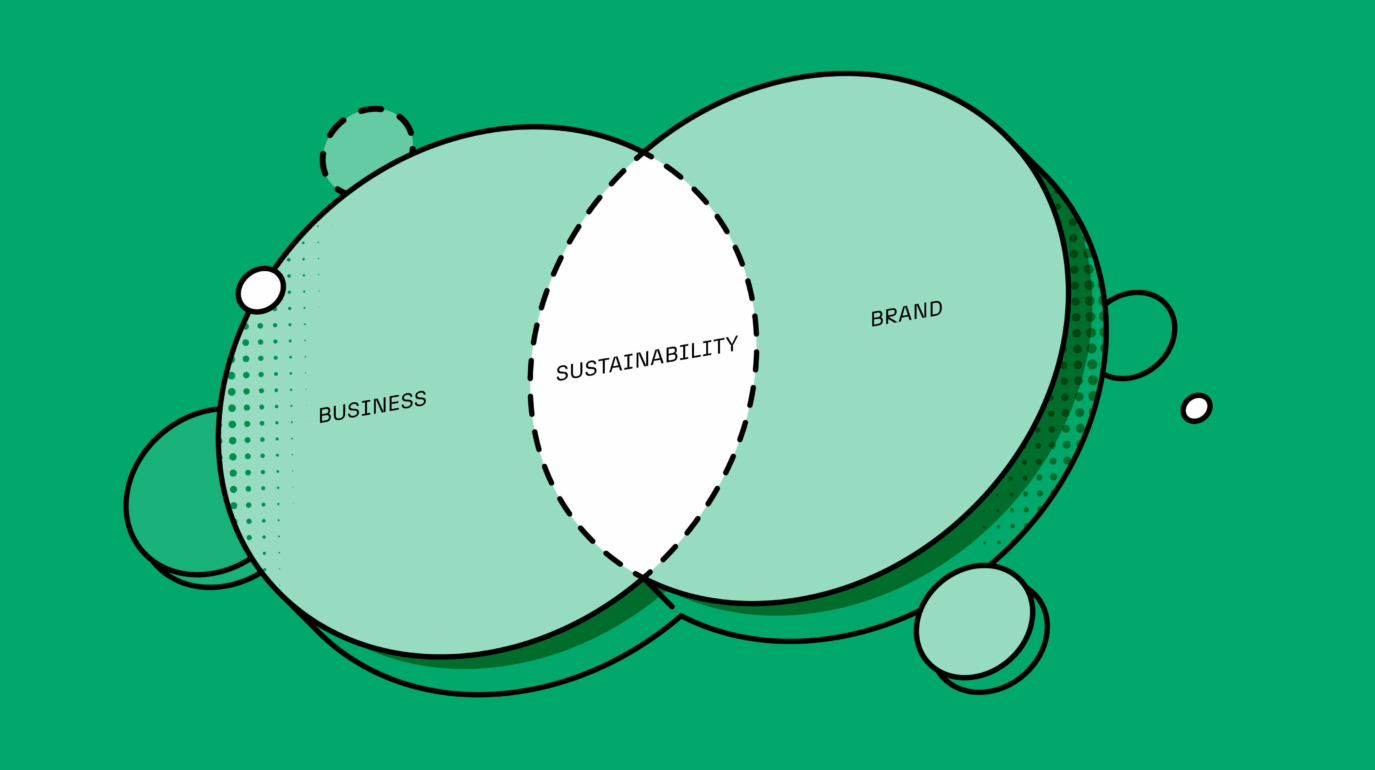
AUTHOR: CHARLIE SKINNER
READ TIME: 3 MINS
Head of Brand Strategy Charlie Skinner explains why purpose is best seen as a way to unify first and drive profits second – and why some brands are still missing the point.
Amid the cacophony of noise surrounding purpose – much of it driven by wider societal changes and a shift in the rules of commerce – we’ve seen some fundamental truths emerge, as well as some unresolved challenges and grey areas.
First, let’s address what we all agree on: when it comes to purpose, there’s definitely a need for nuance; purpose takes on a different shape depending on the brand in question, and it doesn’t have to be overtly virtuous or moral. What works for the Unilever’s of this world (a commitment to ESG) won’t work for the Diageo’s (whose purpose is to ‘celebrate life everywhere, every day’.)
“Purpose should act as a connective tissue, instilling a group identity and unifying the people behind the brand.”
What’s also clear is that purpose is here to stay – you only have to look at the leadership teams of SAP, The Body Shop and Deloitte to see that. Whether the title’s ‘Head of Purpose, Culture and Values’ (SAP), ‘Head of Global Activism’ (The Body Shop) or Chief Purpose Officer (Deloitte), the message is clear: purpose is now intrinsically linked – not just to brand strategy – but to business strategy, too. Those that continue to reduce their purpose to a nicely-crafted message within their communications are missing the point entirely: purpose is the reason you’re communicating at all.
That purpose has become so central shouldn’t come as a surprise: the last five years have seen the rules of commerce change dramatically, driven by wealth inequality, global warming, the rise of populism and emerging new technologies. Brands – which we know can never exist in a vacuum – are having to adapt to the climate in which they operate. And purpose and ESG are now the main tools by which they’re connecting with their audiences.
But which audiences? In recent years, there’s been a paradigm shift from purpose being seen as driving value for shareholders to driving value for stakeholders, something demonstrated in 2019 by Business Roundtable’s new definition of a corporation’s purpose as one that promotes ‘an economy that serves all Americans’.
“In the difficult times in which we live, the need for collective solutions and unified intent is greater than ever before.”
So while the focus has, admittedly, widened, the group that perhaps hasn’t been given enough consideration is employees. After all, employees today demand that their companies stand for more than just profit: businesses are expected to be more socially responsible than ever before – and purpose is one way of demonstrating this commitment.
The proof here is in the McKinsey data: an April 2021 survey found that employees are five times more likely to be excited to work at a company that spends time reflecting on the impact it makes in the world. One would imagine that hybrid working had a part to play in that story.
It follows, then, that a strong company purpose can (and should) act as a unifying force within and for the wider organisation – a rallying cry that not only serves to instil a sense of pride, motivation and meaning, but that also helps employees better communicate the value of their organisation to the wider world. In the difficult times in which we live, I’d argue that the need for collective solutions and unified intent is greater than ever before.
Purpose, when well-articulated and considered alongside a brand’s vision and mission, acts as a connective tissue, instilling a group identity and unifying the people behind (and in front of) the brand. It’s the North Star towards which everyone – shareholders, stakeholders, employees, wider communities – turns. And the brands that get it right are recognising its value as an anthropological tool that taps into how we feel about being part of a collective, unified in our understanding of what a brand stands for in an increasingly challenging and disparate world.
This article first appeared in Transform.



